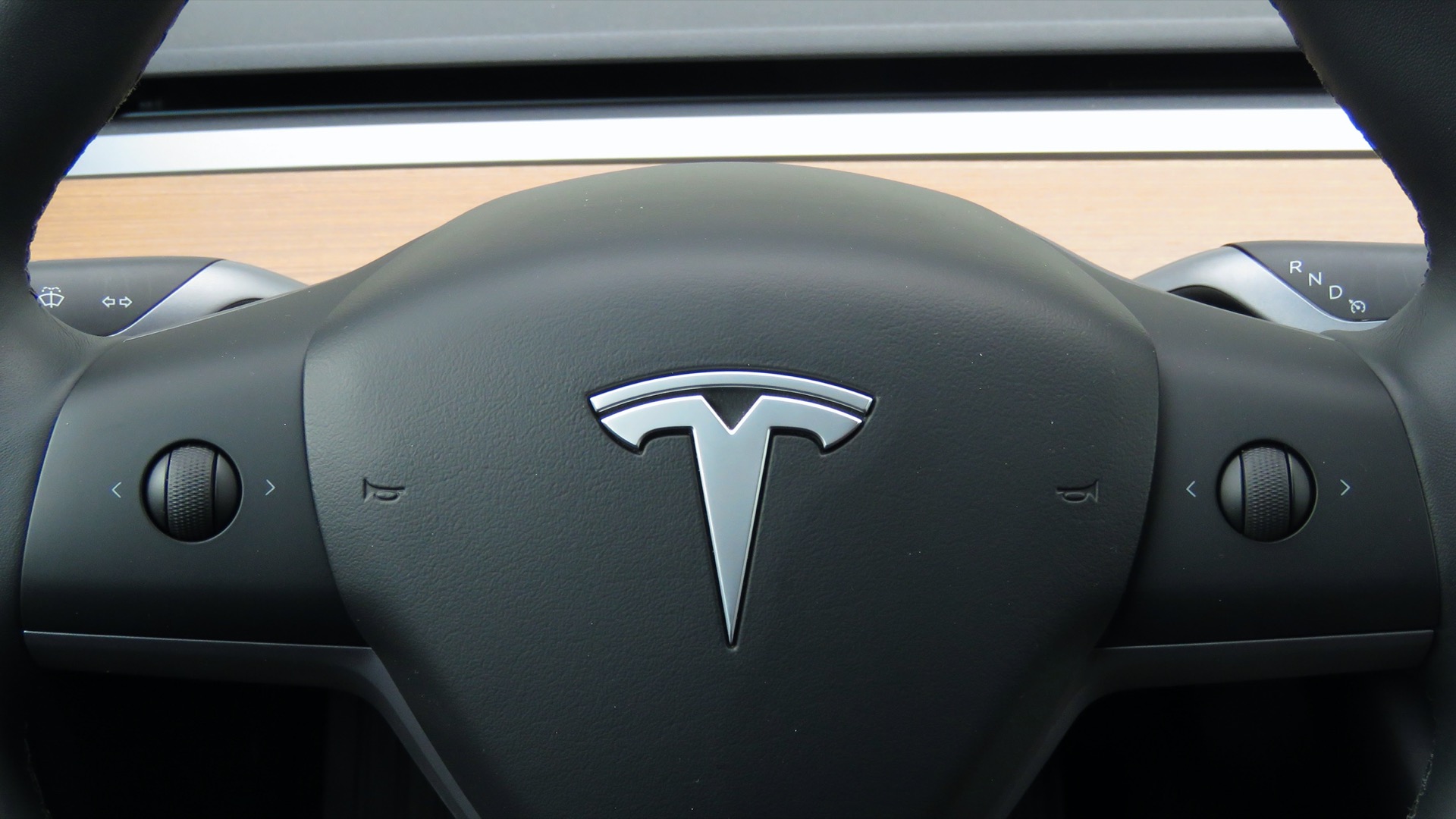Tesla OTA triggers false emergency braking, causes recall fixed by another OTA

Tesla’s latest over-the-air update can activate the automatic emergency braking system without any need for braking, increasing the risk of a rear-end collision, the NHTSA disclosed Monday. The 11,704 affected vehicles across the electric car maker’s lineup came equipped with its misnamed “Full-Self Driving” in Beta testing mode. Tesla patched through another over-the-air update to fix the issue.
Vehicles operating firmware release 2021.36.5.2 sent over-the-air (OTA) on Oct. 23, 2021 were subjected to false forward-collision warnings or automatic emergency braking events under a certain sequence of events. Tesla canceled the update for vehicles that had not installed it, disabled the affected systems on those vehicles that did install it, and then reverted the software to the nearest available version, the automaker said in filing with the NHTSA.
On Oct. 25, Tesla completed validation of the fix and deployed OTA 2021.36.5.3, then re-enabled the safety systems on the updated vehicles.
Owners of the following affected vehicles do not have to take their vehicles into a service center and should be fine running the OTA update:
2017-2021 Tesla Model S
2017-2021 Tesla Model X
2017-2021 Tesla Model 3
2020-2021 Tesla Model Y
Tesla said all but 17 of the 11,704 vehicles have been updated, are deemed free of the risk, and are safe to drive with no further action required from the owners. Drivers may notice a warning chime and warning message during the false braking. Sudden application of the brakes can cause other vehicles behind the affected Tesla to rear end it.
The quick corrective action underscores the efficacy of OTA updates, but also highlights how OTAs can cause cars’ chips to miscommunicate. The conditions that triggered the issue scrambled how the car’s camera system detects other vehicles. Specifically, Tesla said, “…when the vehicle is waking up from ‘Sentry Mode’ or ‘Summon Standby Mode,’ a mode where one of the chips is in a low-power ‘sleep’ state. This communication disconnect can result in the video neural networks that operate on that chip to run less consistently than expected. The inconsistency can produce negative object velocity detections when other vehicles are present, which in turn can lead to false FCW and AEB events.”
Tesla said it was unaware of any crashes or injuries related to the condition. Despite the fix rate of 99.8%, Tesla will still have to mail out recall notifications to owners by law as early as Dec. 28.

